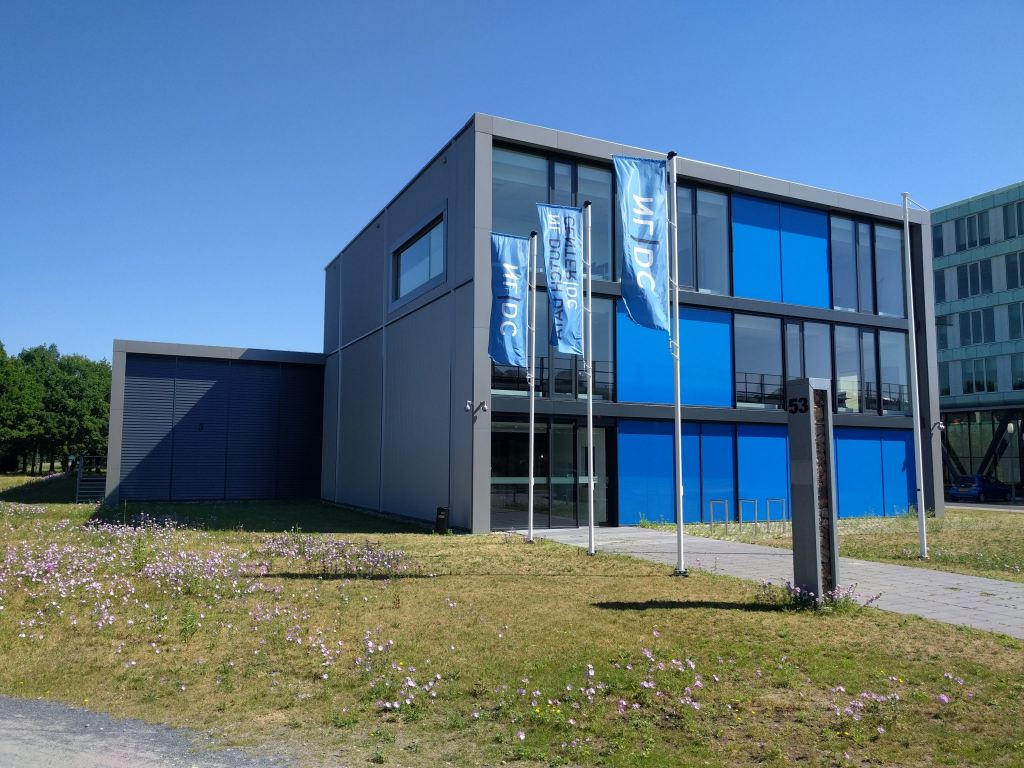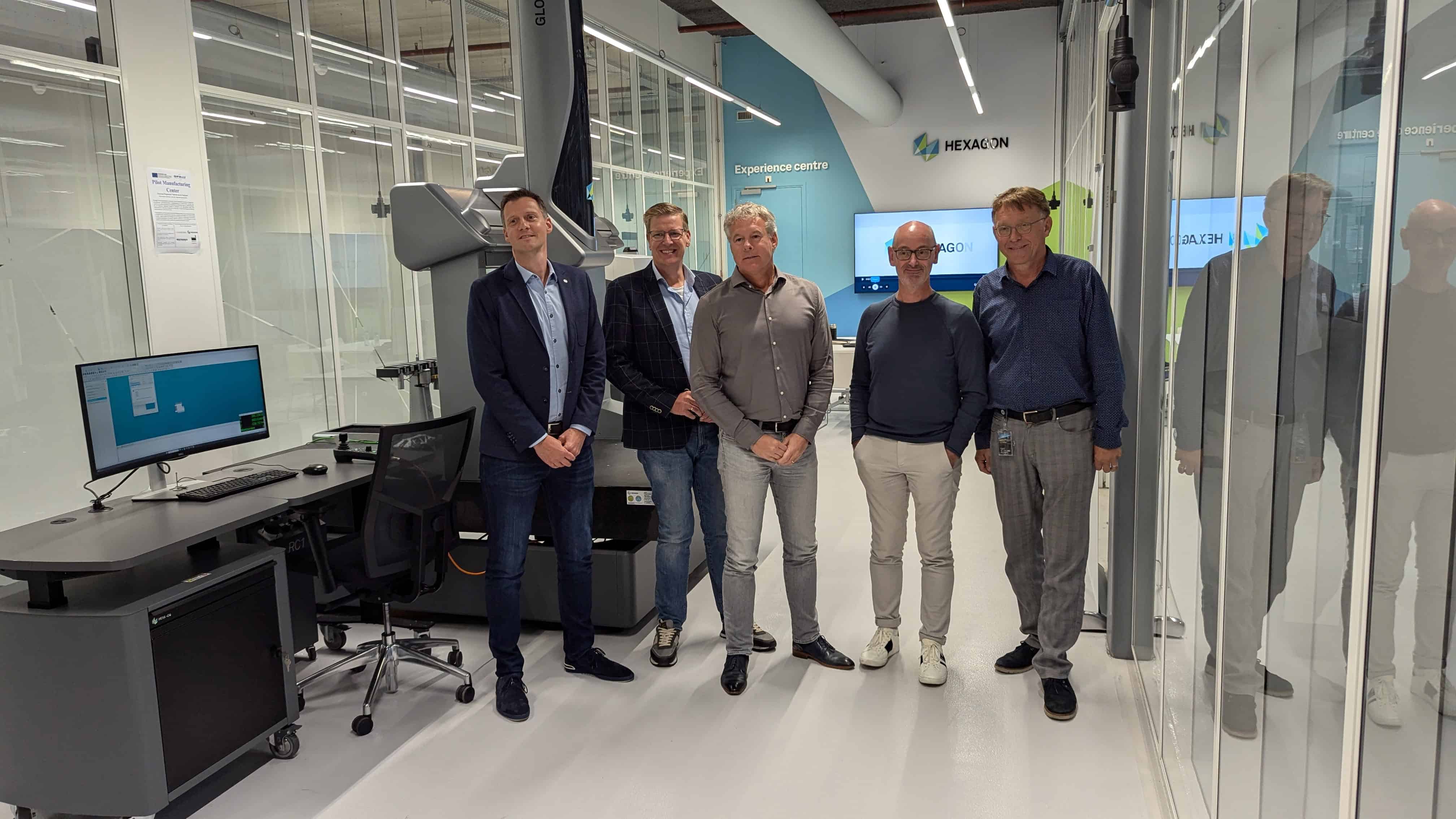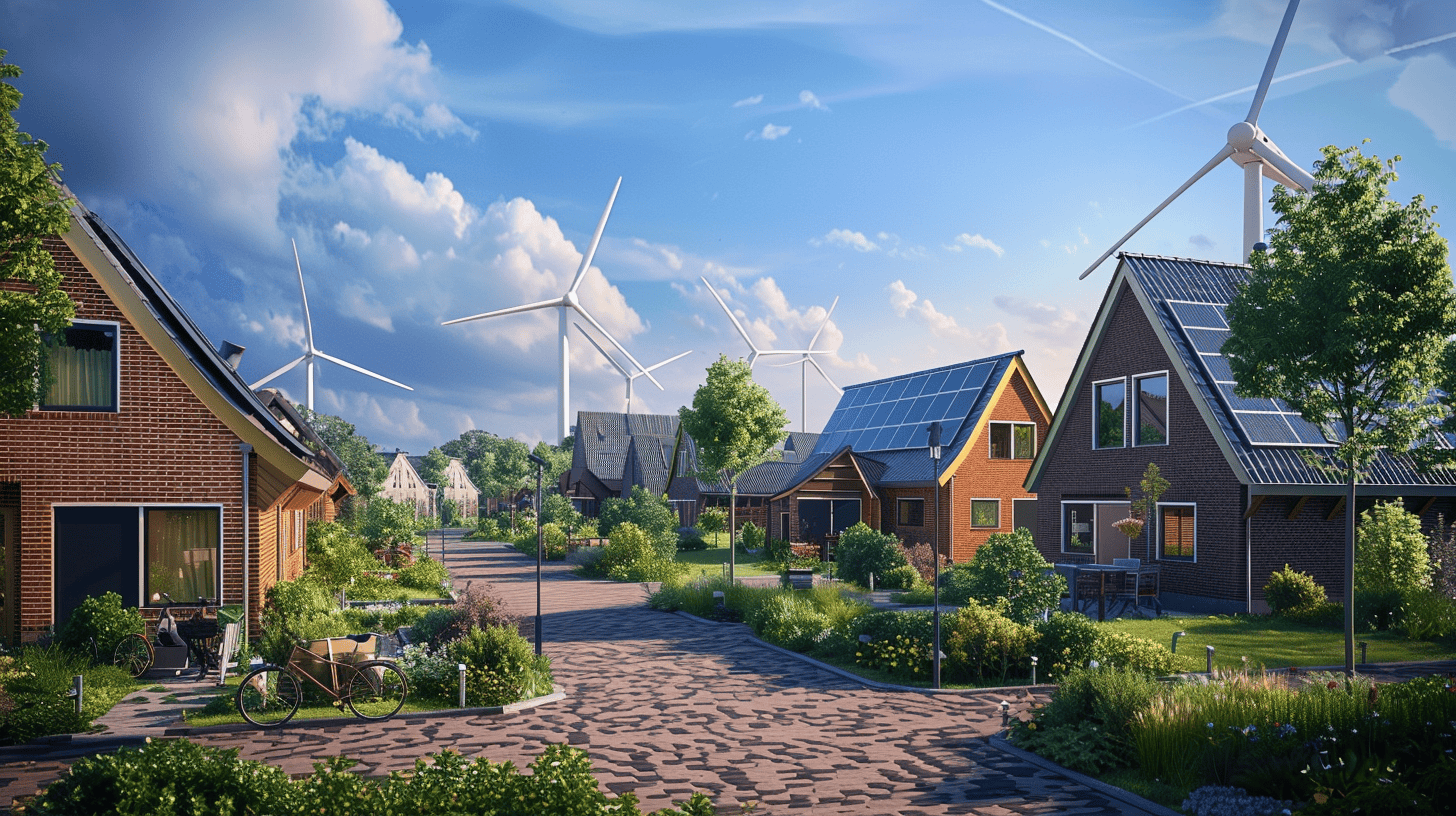
[et_pb_section bb_built=”1″][et_pb_row][et_pb_column type=”4_4″][et_pb_text _builder_version=”3.12.2″]
“The Netherlands will be free of natural gas by 2050”, is what many newspapers had as their headlines in 2016. And today, many offices and homes are already being built without a gas connection. Take, for example, the Brainport Industries Campus, which is fully equipped with solar panels and heat pumps. But of course, more is needed to get the whole country off natural gas. This is where data centres can come into play. According to the Dutch Data Center Association (DDA), about 1 million households can be heated with the residual heat from the current number of data centres.
Offices and homes are already being heated with the residual heat that remains when all equipment in a data centre is cooled. For example, NLDC’s Eindhoven data centre is connected to the heating of the High Tech Campus. Cool air ensures that the temperature of the servers is kept within limits and warm air ensures that the other offices on the High Tech Campus are heated. According to Henk Veldwijk, Senior Technical Consultant at NLDC, this use of residual heat was already planned during the construction of the data centre: “The High Tech Campus had a shortage of residual heat, and we were looking for a new location to build a data centre.” NLDC is now supplying 2MW of heat to the High Tech Campus. To illustrate: with 1 MW, about eight hundred households can be heated.
[/et_pb_text][et_pb_testimonial _builder_version=”3.12.2″ author=”Stijn Grove” job_title=”Director” company_name=”Dutch Data Center Association” quote_icon_background_color=”#f5f5f5″ text_orientation=”center” animation_style=”flip” animation_direction=”top”]
“With the arrival of even larger and more data centres, even more homes can be sustainably heated, provided that this is well planned and the government ensures that this is made easy.
[/et_pb_testimonial][et_pb_text _builder_version=”3.12.2″]
Although this is a good example, according to Veldwijk it is not so easy in most situations, because politics is not yet dealing with it correctly: “It can take up to three years before a plan has finally been made to use the residual heat. That while the technology to do this has been there for years and we give away the heat for free.” According to Stijn Grove, director of the Dutch Data Center Association, politicians should deal better with data centres: “This industry is always in nondescript buildings and is not always adequately included in plans. For example, data centres are not in environmental visions, even though it is already a huge investment area for all kinds of companies.” To tackle this problem, the DDA is working together with the Ministry of Interior on a strategy to include data centres in area development.
[/et_pb_text][/et_pb_column][/et_pb_row][et_pb_row][et_pb_column type=”1_2″][et_pb_text _builder_version=”3.12.2″]
The potential of using residual heat is enormous. According to a DDA report published last week, 1 million households can already be heated if they use residual heat of data centres. Grove is firmly convinced that this figure can only grow with the arrival of more data centres: “We see the growth of data centres in the Netherlands accelerate. This is because we are in an excellent starting position. We were there very quickly when the internet came up. After the United States, the Netherlands was the first country to be connected to ARPANET, and after Switzerland the first country to have a website. Also, there are many cables from the sea in the Netherlands to the land, and we are also in the middle of the economic heart of Europe. If someone is looking for a location to serve Europe, it is best to build in the Netherlands, as you will have a good connection.”
[/et_pb_text][/et_pb_column][et_pb_column type=”1_2″][et_pb_text _builder_version=”3.12.2″ border_color_all=”#b7b7b7″ animation_style=”fold” background_color=”#f5f5f5″ custom_padding_last_edited=”on|” saved_tabs=”all” custom_css_main_element=”padding:3%;”]
Citizens’ initiatives
Don’t you feel like waiting for the municipality to deal with the residual heat? Or do you think you can do it faster? That’s what they thought in Amsterdam, where residents of the Watergraafsmeer district started the MeerEnergie cooperative. The goal? To become the first gas-free neighbourhood of Amsterdam by using the residual heat from an ice rink and a data centre.
How does it work?
The residual heat from the data centre is supplied in the form of hot water to a network of underground pipes. A heat pump heats this water to 70°C, making it suitable for heating your home.
[/et_pb_text][/et_pb_column][/et_pb_row][et_pb_row][et_pb_column type=”4_4″][et_pb_text _builder_version=”3.12.2″]
Over the past five years, the growth of Dutch data centres has been 15%, a growth that the DDA does not expect to stop yet. The DDA even expects the Netherlands to be the European market leader when it comes to data centres, which also means that more and more residual heat will be available. “With the arrival of even larger and more data centres, even more homes can be sustainably heated, provided that this is well planned and the government ensures that this is made easy.
Is residual heat from data centres the only way to accelerate the energy transition? Of course not, but is it a real answer to the question of how to get rid of gas? “We do think so, I think this really can make a big impact. In any case, we will continue with it. We want to bring parties together and remove the barriers that still exist,” says Grove.
[/et_pb_text][/et_pb_column][/et_pb_row][/et_pb_section]








